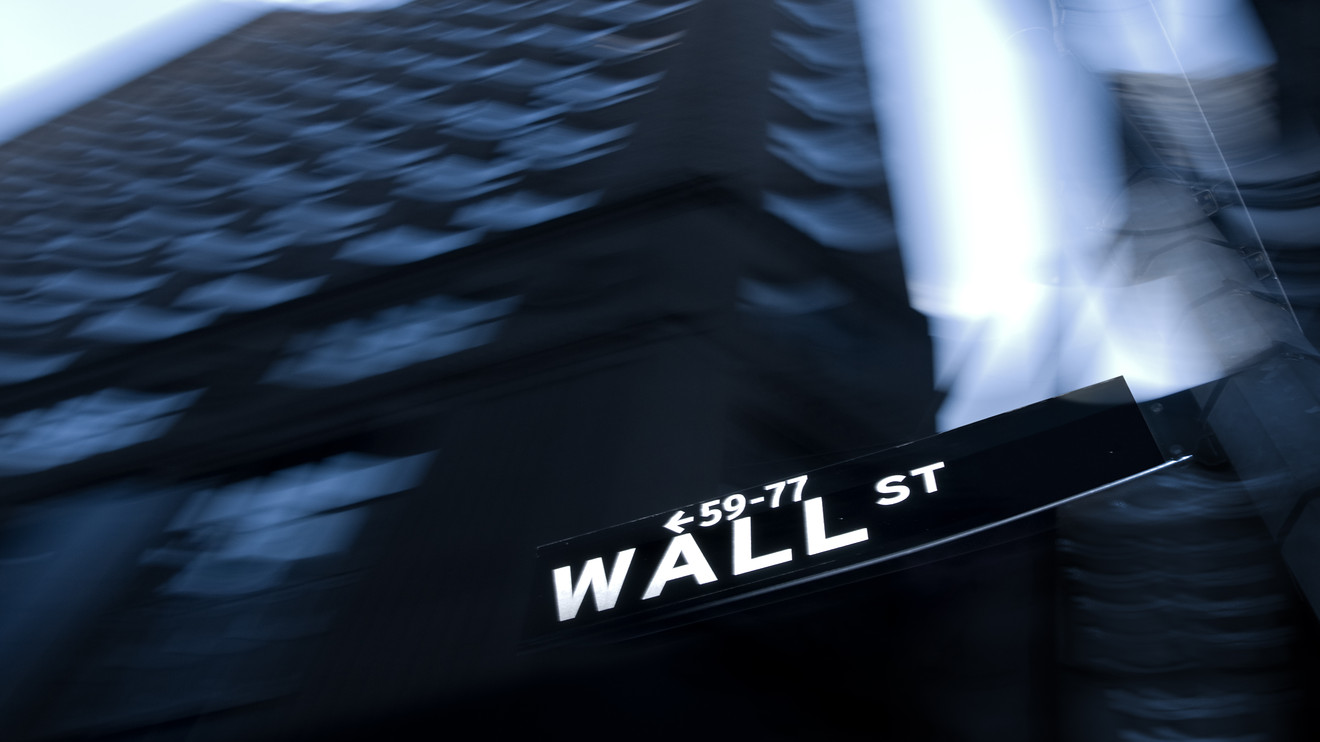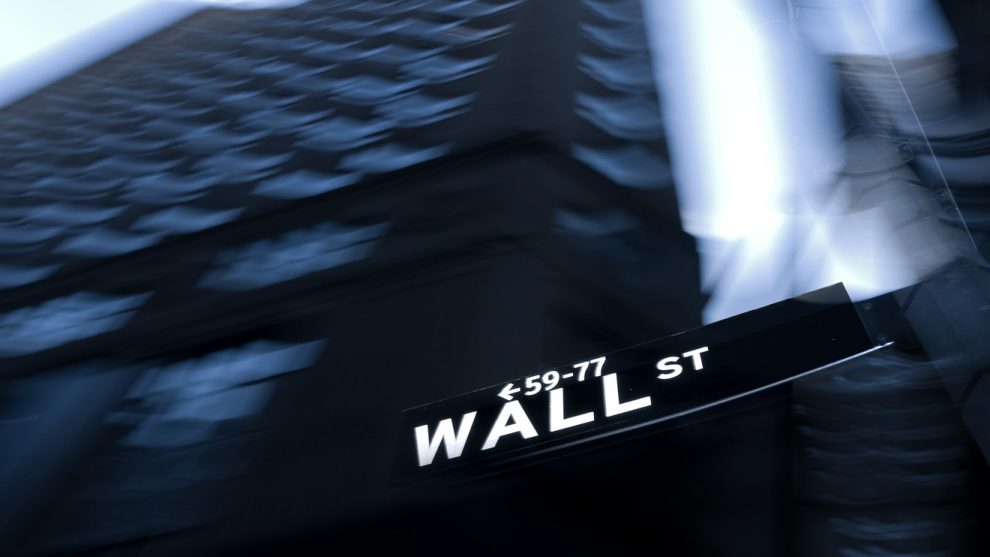
Stocks opened mostly higher Thursday, as traders looked past another dismal U.S. weekly jobless claims report, a day after optimism over ending lockdowns to control the spread of COVID-19 pushed stocks to their highest levels since early March.
Still, traders said concerns over rising U.S.-China tensions, which have been largely ignored so far, remain in the background but could cap gains.
What are major indexes doing?
The Dow Jones Industrial Average DJIA, +0.29% opened 172 points, 0.7%, higher, near 25,720, while the S&P 500 SPX, +0.24% gained 10 points or 0.3% at the open to start trading near 3,046. The Nasdaq Composite Index COMP, +0.13% slipped about 19 points or 0.2%, near 9,393.
The Dow ended Wednesday with a gain of 553.16 points, or 2.2%, at 25,548.27, while the S&P 500 rose 44.36 points, or 1.5%, to finish at 3,036.13. The Nasdaq Composite Index advanced 72.14 points, or 0.8%, finishing at 9,412.36.
Those gains saw the S&P 500, which fell 34% from its all-time closing high on Feb. 19 to its March 23 low, finish just 10.3% away from its all-time high. The S&P 500 and Dow closed at their highest levels since early March, while the Nasdaq saw its highest close since Feb. 20.
See:The Dow just punched above an important line in the sand that may signal that a record high is next
What’s driving the market?
Another 2.13 million Americans filed for first-time unemployment benefits in the most recent week, the Labor Department said. That was in line with the consensus forecast among economists surveyed by MarketWatch.
Orders for durable goods plunged 17.2% in April, the Commerce Department said, a slightly less steep fall than economists had expected, but GDP contracted at an annual 5% pace in the first quarter instead of 4.8%, revised government data showed, slightly worse than anticipated.
Optimism over the reopening of the economy has been on display this week, though shares of technology companies lagged behind after leading the bounce back from March 23 lows on expectations they would be most insulated or even benefit from the lockdown, analysts said.
Wednesday’s move higher “was not driven by momentum and growth stocks but value ones. Financials, industrials, telecoms and consumer non-cyclicals were the drivers of yesterday’s rally, while the tech sector was the laggard,” said Hussein Sayed, chief market strategist at FXTM, in a note.
While stocks appear expensive based on forward earnings estimates, “what seems to be priced in at this stage is the economy will recover much faster than previously estimated, the pandemic will soon end and life return back to normal,” he said.
Meanwhile, U.S.-China tensions remain a worry. China’s ceremonial legislature approved a resolution that would impose new national-security laws on Hong Kong, compromising the territory’s partial autonomy in an effort to crush protests against the Chinese government.
The U.S. on Wednesday said it no longer considered Hong Kong highly autonomous under a 1992 law, a move that could lead to measures to limit Hong Kong’s trade privileges and open the door to sanctions against individuals the U.S. sees as suppressing civil liberties in the territory.
Investors shouldn’t discount those tensions, said Andrew Smith, chief investment strategist of Dallas-based Delos Capital Advisors. “We’re in an inflection point,” Smith told MarketWatch, and it’s possible to see pullbacks of as much 5-10% as investors rotate toward smaller-cap, value-oriented names.
“We’re in what we call a very typical business cycle dynamic,” Smith said. “We have a lot of ground to pick up, a lot of things to fix, but we think everything is moving in the right direction. People shouldn’t worry about valuations. They play second fiddle to market dynamics. Money has to go back to work.”
Capitol Report:Revoking Hong Kong’s special status is Trump’s ‘nuclear option’ that could trigger irrevocable U.S.-China split, analysts warn
New York Federal Reserve Bank President John Williams is slated to speak at 11 a.m. Eastern, while Philadelphia Fed President Patrick Harker is scheduled to make remarks at 3 p.m. Eastern.
Which companies are in focus?
- Shares of social media companies were in the spotlight after President Donald Trump said he would sign an executive order aimed at the platforms after Twitter Inc. TWTR, -1.63% on Tuesday applied a fact-checking notice to his tweets about voter fraud. The Wall Street Journal reported that a draft of an executive order would seek to limit the broad legal protection currently provided to social media and other platforms under federal law. Twitter shares fell 5% at the open, while Facebook Inc. FB, -0.66% shares were off 1.9%.
- Dollar General Corp. DG, -0.64% shares were higher in early trade after the company beat estimates amid hearty demand for discount goods.
- Shares of Abercrombie & Fitch Co. ANF, -4.59% tumbled more than 5% after withdrawing guidance and missing analyst expectations.
- Under Armour Inc. UA, -0.52% UAA, -1.09% shares popped 3% after outlining plans to reopen stores.
- Lumber Liquidators Holdings Inc. LL, +7.85% shares jumped 5.5% in early action after its profit beat analyst expectations.
- Burlington Stores Inc. BURL, +3.22% shares fell 0.8% after the bell after reporting a wider loss than expected.
How are other markets trading?
In global equities, the Stoxx Europe 600 SXXP, +1.12% index was 1.2% higher. In Asia, the Nikkei NIK, +2.32% added 2.3%, and Hong Kong’s Hang Seng index HSI, -0.72% closed 0.7% lower.
The 10-year Treasury note yield TMUBMUSD10Y, 0.694% ticked up to 0.704% as traders interpreted “less-bad” economic data as a reason to rotate toward riskier assets. Bond prices move in the opposite direction of yields.
The greenback lost ground against its major rivals, with the ICE U.S. Dollar index DXY, -0.27% down about 0.3%.
West Texas Intermediate crude futures for July delivery CLN20, -0.30% fell about 18 cents to $32.63 as doubts about demand surfaced. June gold GCM20, +0.88% gained about 0.6% to trade at $1,721.60 an ounce on the New York Mercantile Exchange.
See:Out-of-whack stock and bond prices say something troubling about the coronavirus economy











Add Comment